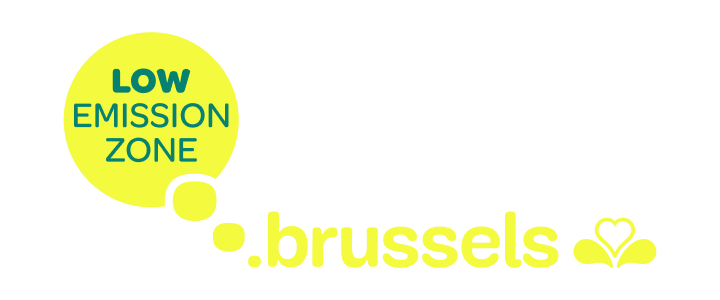De LEZ, een troef voor onze gezondheid
De LEZ is uitgegroeid tot een bondgenoot voor de gezondheid van de Brusselaars door bij te dragen aan de verbetering van de luchtkwaliteit. In tal van studies heeft de Wereldgezondheidsorganisatie (WGO) gewezen op de gevaren van blootstelling aan een slechte luchtkwaliteit. De meest waargenomen gevolgen zijn:
- ademhalingsstoornissen en -ziekten (zoals astma);
- irritatie van de ogen en neusholtes;
- hoesten en bronchitis;
- hart- en vaatziekten.
Het risico op een beroerte, hartziekte en longkanker neemt ook sterk toe, vooral bij ouderen, jonge kinderen en mensen met gezondheidsproblemen. In het Brussels Hoofdstedelijk Gewest wordt geschat dat de blootstelling aan fijn stof (PM2,5), stikstofdioxide (NO2) en ozon (O3) in de lucht in het jaar 2023 respectievelijk 400, 179 en 180 vroegtijdige sterfgevallen heeft veroorzaakt.
Tegen 2030 zal de LEZ een nog significantere bijdrage leveren aan de gezondheid van de Brusselse bevolking door het verminderen van:
- vroegtijdige sterfgevallen ;
- ziekten in verband met de blootstelling aan luchtverontreinigende stoffen, en
- kosten voor de gezondheidszorg.
Door bij te dragen aan een betere luchtkwaliteit, in het bijzonder door de invoering van de LEZ en een ander mobiliteitsbeleid, bevestigt het Brussels Hoofdstedelijk Gewest zijn inzet voor de bescherming van de gezondheid van de burgers en bezoekers van Brussel.
Welke invloed heeft de LEZ op de luchtkwaliteit?
Sinds de invoering op 1 januari 2018 ervan heeft de LEZ geholpen om:
de uitstoot van de luchtverontreinigende stoffen (stikstofdioxide, fijnstof en black carbon) die het meest schadelijk zijn voor de gezondheid en die afkomstig zijn van het wegvervoer aanzienlijk te verminderen;
het aantal van de meest vervuilende (diesel)voertuigen in het Gewest te verlagen;
in het Gewest de NO2 (Stikstofdioxide)-concentratie in de lucht onder de jaarlijkse wettelijke grenswaarde (40 μg/m³) te houden.
Sinds 2018 worden de meest vervuilende voertuigen er geleidelijk verboden. De agenda voorziet in een geleidelijke uitfasering van dieselauto's vanaf 2030 en van benzineauto's vanaf 2035. Voor andere voertuigcategorieën (bestelwagens, minibussen, bussen, autocars, vrachtwagens, gemotoriseerde tweewielers) geldt een specifieke agenda, afhankelijk van hun categorie.
Meer informatie over de impact en voordelen van de LEZ? Raadpleeg onze documentatie:




